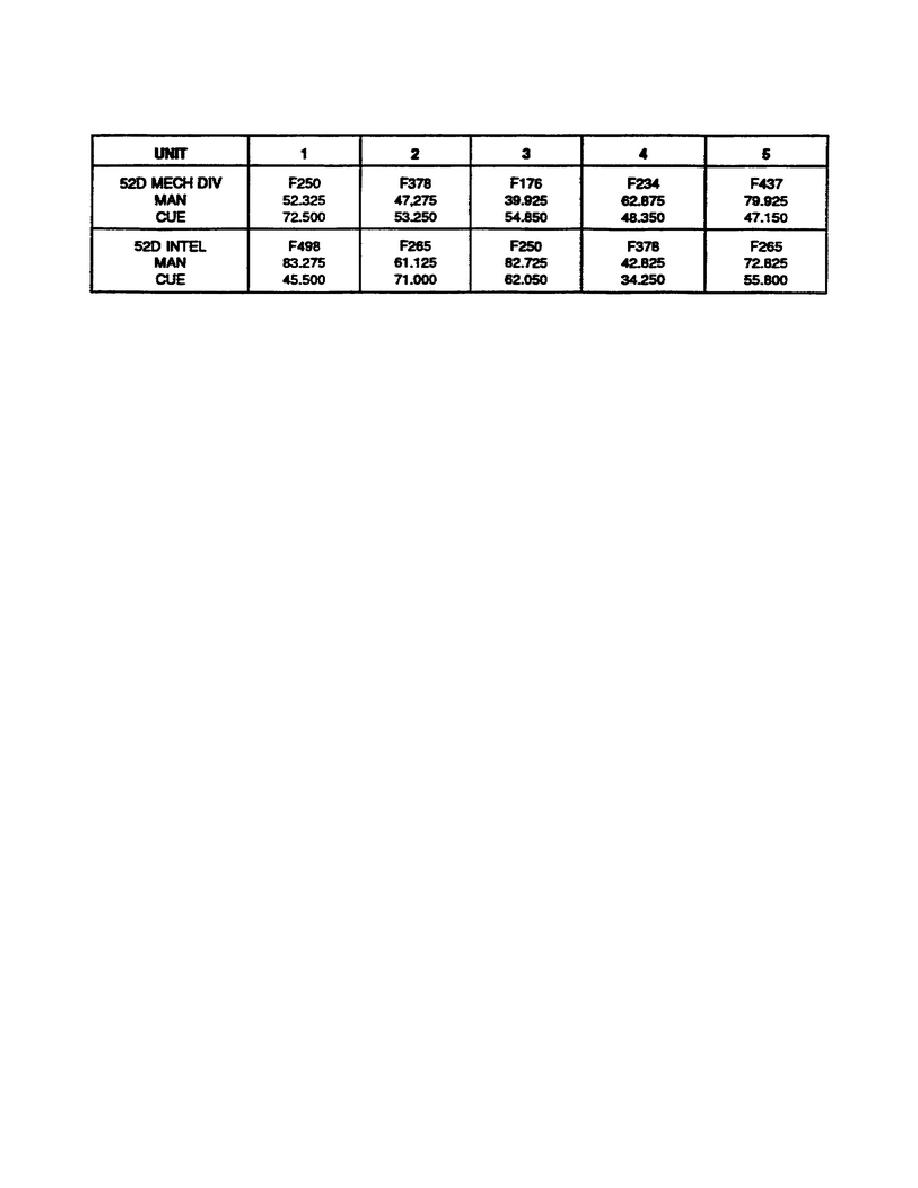
Table 1-2. Frequency list for SINCGARS network.
(7) Planning must consider possible interference between unlike radios (MSRT and
SINCGARS). SINCGARS can be programmed to lock out certain frequencies from the hopset. Neither
BECS nor the system control center (SCC) can engineer frequency use for both systems simultaneously.
The frequency manager must plan the MSRT/RAU frequencies with the SCC and enter them into the
BECS terminal as lockout sets. Frequency interference between the radio systems is minimized,
particularly the co-sited systems.
(8) The SCC provides frequency management to ensure no frequency conflicts exist between
the RT-1539 (MSRT/RAU) and CNRs operating in the same area. This management applies only to
VHF CNRs operating in the non-hopping mode. The SCC does not develop the hopping variables used
by the SINCGARS. The VHF assignments are broken into protected channels and common (shared)
channels. Protected frequencies are primarily assigned to radio nets which cover a large terrain area.
This includes MSE MSRTs and division command nets.
(9) Separate data network hopsets may be allocated to increase information reliability when
interference causes too many data-transmission errors. This does not mean that the hopsets have sole
use of all frequencies in the hopset.
(10) Equipment constraints limit the total number of net identifiers to 1,000 (000 to 999). The
net identifier assignments should be coordinated to simplify building the SOI database.
(a) Net identifier numbers are assigned in the order they are entered into the BECS data
base. Once assigned, net identifiers do not routinely change. Networks appear in current SOIs, from
higher echelon to lower. The type and number of networks vary little from division to division.
(b) The BECS data base manager develops reuse plans for the net identifier variable
across the corps area. The simplest plan is to develop a single listing in the SOI for a type division and
leave open net identifier assignment for variation between different division organizations. The
divisional networks are numbered the same for type networks throughout the corps.
SS0133
1-16



 Previous Page
Previous Page
